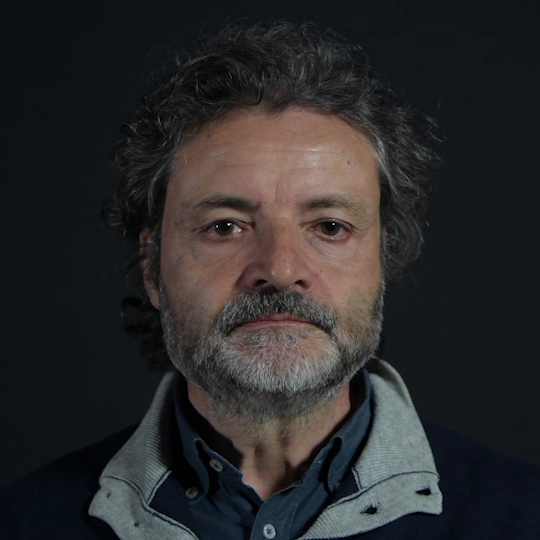Alamanno Contucci
My family has produced wine for at least one thousand years
Our site saves small pieces of text information (cookies) on your device in order to deliver better content and for statistical purposes. You can disable the usage of cookies by changing the settings of your browser. By browsing our website without changing the browser settings you grant us permission to store that information on your device. I agree
This icon identifies the places described in the “Paesaggi Narrativi” (Narrative Landscapes)
This one, on the other hand, identifies the areas in the “Paesaggi del Benessere” (Landscapes of Wellness)
Check out this symbol which gives you a 360-degree view of the amazing landscapes
The noble families of Montepulciano had to deal with a land often subject to raids, which is why they equipped themselves so they could make wine and store the entire production in the cellars of their houses, within the city walls. A process that some still carry out today, confirming a feeling that this is a town, a treasure chest of beauty, with the clock stopped at the time of the Renaissance. Poliziano was a key figure, together with a long line of popes, cardinals and intellectuals who marked a golden era for a dynamic centre which, however, never became a city. There was a moment of glory in the Napoleonic Subprefecture (along with Grosseto) within the Department of Ombrone with Siena as the capital city. Nowadays, the prestige is all played out in the underground cellars, in a setting that is still very much alive and still capable of surprising: recently a “portrait virile”, preserved in the excellent Civic Museum, has been attributed to Caravaggio. Yet, Montepulciano associates a lot of innovation with the past in some companies characterised by technological innovation and sustainability, design and cultural production. Different districts, frontier castles at one time, are dotted over a wide area, mostly covered by vineyards and olive trees.
And to cap it all, the area is dotted with small, memorable towns: Abbadia was the ancient monastery of San Pietro d’Argnano which gave its name to the villa and castle of Abbadia Arganano, then Badia de' Caggiolari or Badia in Crepaldo. It was in a strategic position crossed by the via Lauretana. Then: Gracciano, or Greciliani in a document dated 775; Nottola, the place where the local hospital is located Sant’Albino, renowned for its sulphurous waters which supply the thermal baths, once part of the dominion of the Del Pecora family, like Valiano, a castle with ties to Perugia for a certain period.

My family has produced wine for at least one thousand years

A strategic place at a crossroads

My family has produced wine for at least one thousand years

A strategic place at a crossroads